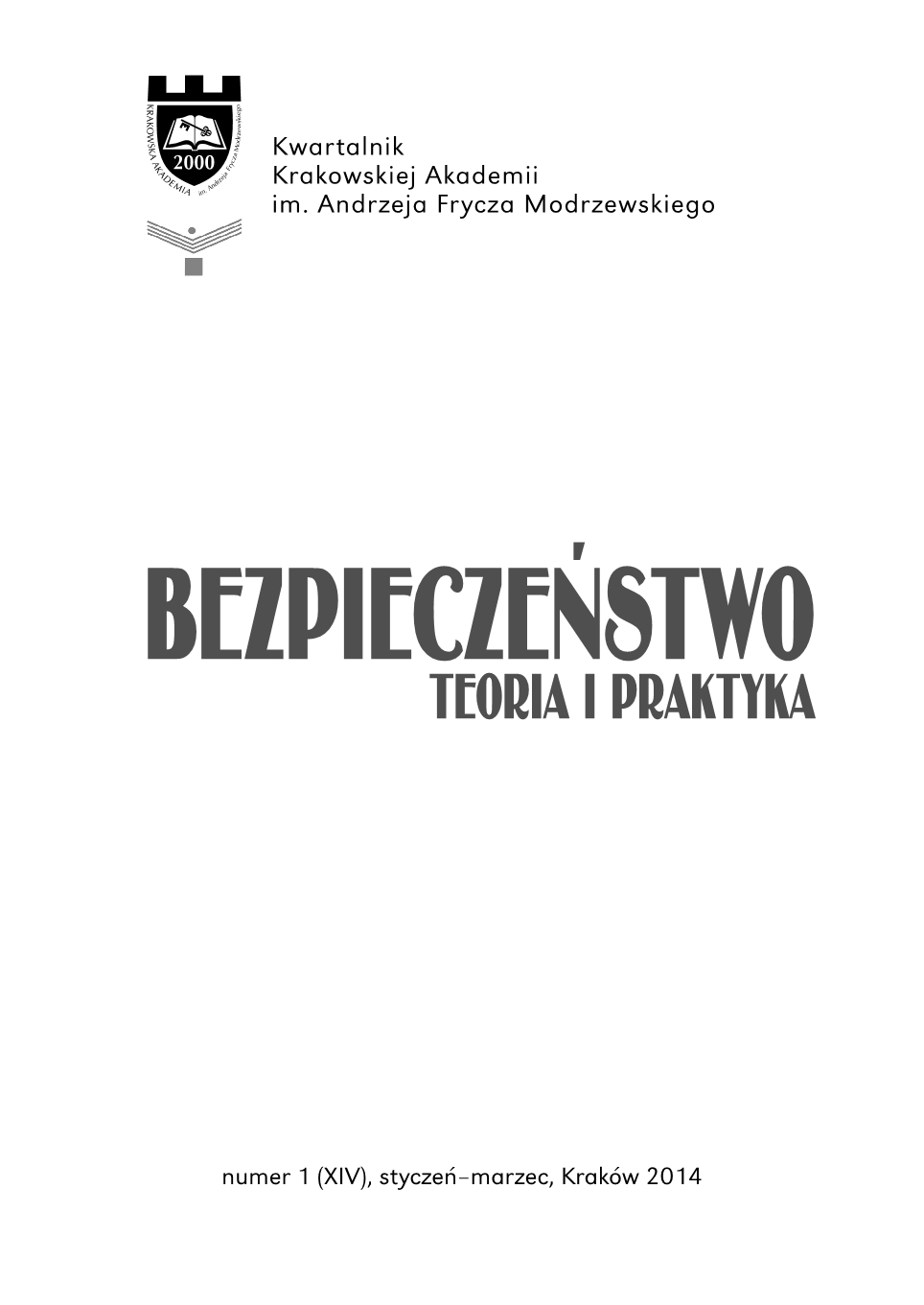
We kindly inform you that, as long as the subject affiliation of our 300.000+ articles is in progress, you might get unsufficient or no results on your third level or second level search. In this case, please broaden your search criteria.

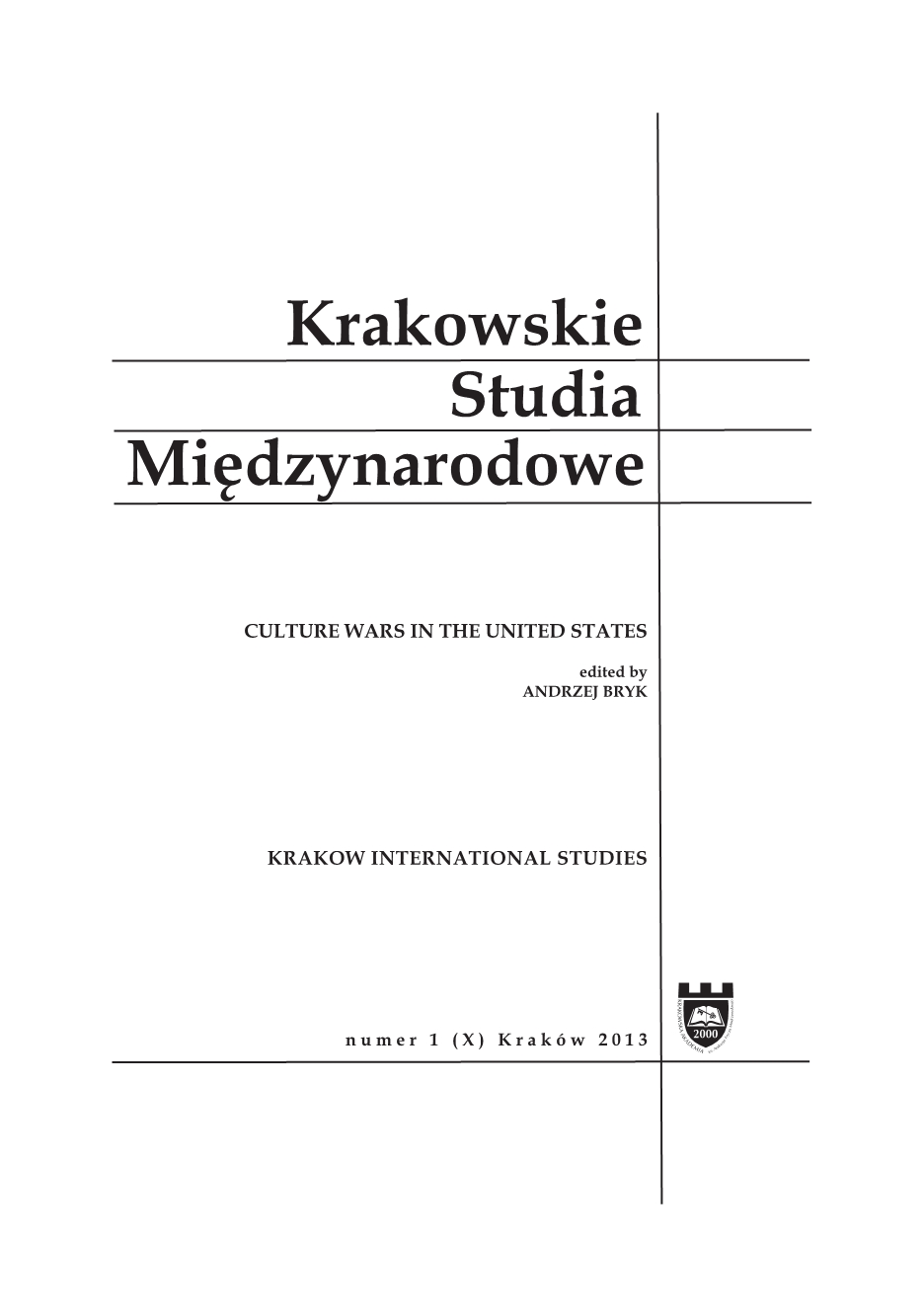
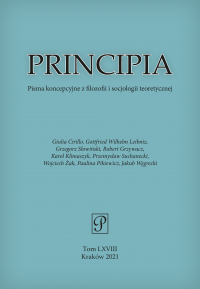
It is easy to fall for a conceptual beauty and simplicity of the coherence theory of truth. But the texts in which its foundations were for the first time explicitly developed are rich in subtleties, defying a consistent interpretation and inviting various forms of criticism. That is why the following study will take one more look at the writings of Harold H. Joachim and Brand Blanshard, in order to prove that in the analyses which they proposed there is an additional, so far unrecognised element – namely the process of translation – which plays a crucial role in making their accounts valid and complete. Initially then, the article will specify how the notion of translation should be here understood. Next, key postulates of both theories will be recalled, with an indication of several potential inconsistencies which they might entail. Finally, the analysis exposes translative ground of each reconstructed model. What will be thereby underscored, is not only the interpretative depth of Joachim’s and Blanshard’s legacy, but also significance of translation for the philosophical enquiry into the nature of truth.
More...
The following article is an exploration of the intellectual journey of the French philosopher Michel Foucault in its latest period, from the Will to Knowledge, first book of the History of Sexuality, up to the later idea of care-of-the-self. The idea of the care-of-the-self is treated here as the culmination of Foucault’s philosophy, as well as its most mature expression. Maturity here means that, according to this concept, the subject is not perceived as the passive outcome of games played between the forces of knowledge and power, as it was presented in the writings of Foucault from the 1960s and 1970s, but, thanks to his own actions, directed at himself, so called practices of the Self, the subject is able to create itself, in separation from the outside influences that bind him. In the context and in contrast to the idea of the care of self is the idea of self-knowledge, a solely intellectual perspective, for which – according to Foucault – the care of the self was abandoned by philosophers for many centuries. A part of the goal of this study is to demonstrate that the concept of the care of the self was introduced through a conceptual evolution, in which certain ideas, gradually changing their meanings, morphed into other ideas, to arrive at the point where the ancient Greek idea of epimeleia heautou, care of the self, was necessary to be introduced. The principal sources for Foucault’s analyses were the writings of Stoics and Epicureans from the 1st and 2nd centuries A.D., as well as the Plato’s dialogue The First Alcibiades. A method of close-reading of the published works of Foucault and the transcripts of his lectures from a period of 1976 to 1982 was used to prove the above mentioned argument. The central goal of this thesis was largely accomplished – it has been demonstrated that Foucault, by examining various Stoic and Epicurean practices of the Self, showed that the subject is not determined to be formed solely as a result of the games of knowledge and power. Thanks to the concept of care of the self, Foucault had drawn a much larger margin of freedom for the individual, than he did in his earlier works.
More...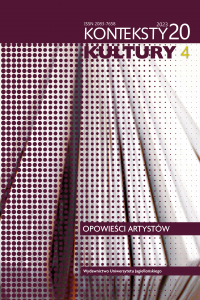
The article presents the preliminary remarks regrinding the narrative on creative process in the literature of the personal document (particularly in dairies and partially in letters) of two poets: Maryla Wolska and her daughter Beata Obertyńska. The aim of the conducted analyses was to research the artistic self-awareness of both women, the description method of their own creative process and the potential relation between understanding the nature of poetry and poetry’s craft. Reading of Wolska’s and Obertyńska’s letters points towards a particular role of community of artists in the creative process, whose opinions shape the creation at last.
More...
The article is concerned with one of the most important aspects of Olga Tokarczuk’s oeuvre, which is the topic of writing practice. The Noble Prize winner addresses it not only in her essays, but also in her opinion pieces, showcasing through it the constant and cautious observation of her own creative process. The reflexion on the relation between literature and reality is also presented in the literary texts, to which amongst others belongs the short story Scottish Month from the volume Playing on a Multitude of Drums. The text interpretation presented in the article addresses the question of situating the creative act at the crossroads of what is real and what is imagined, being connected – as a consequence – with perceiving the writer as a person who simultaneously writes and is written. The epitome of this meta-literary multiplication is the main protagonist – the character, narrator and alter ego of the author at the same time, who becomes aware of her involvement with the multilayered structure of truth and fiction.
More...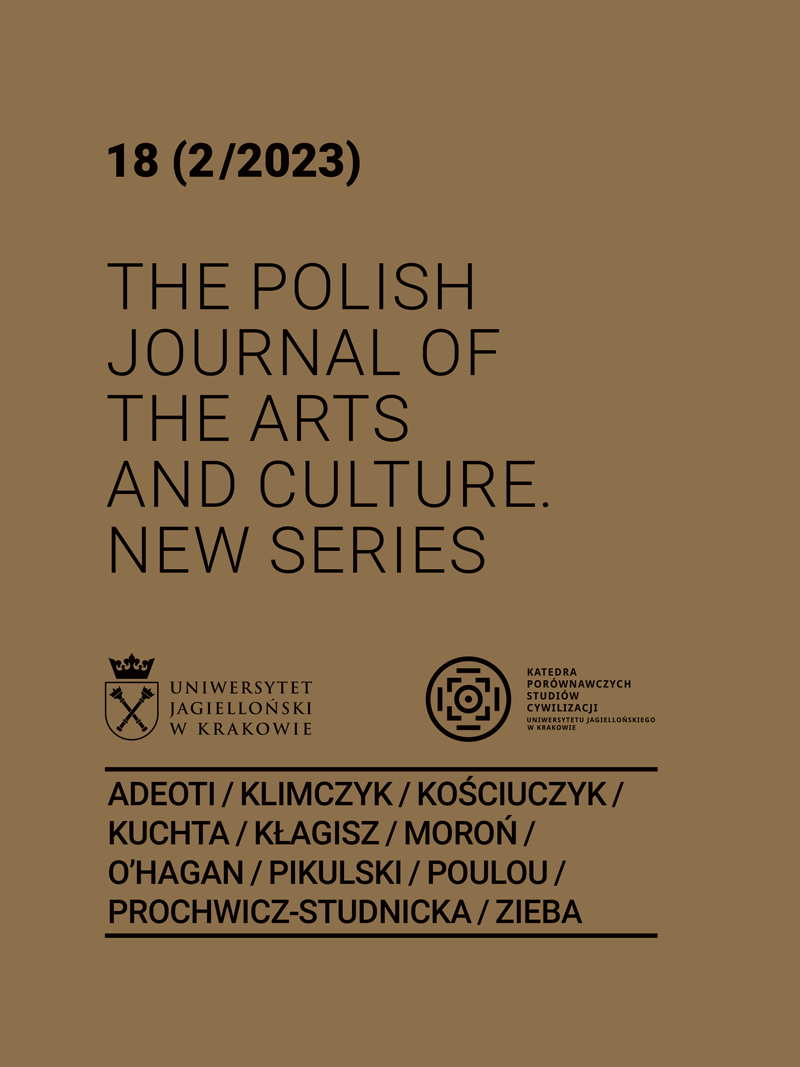
This paper is an analysis of Thomas Metzinger’s self-model theory of subjectivity (SMT). Metzinger claims that beyond the biological organism and its properties, there is no individual and distinct entity that can be regarded as “self”. What really exists is the phenomenal sense of being self, which creates the illusion of the existence of something permanent. Taking the concepts of David Hume and certain early Buddhists thinkers as his starting point, Metzinger claims that during introspection, which is a type of phenomenal experience, we find nothing stable, but only impermanent impressions. As he argues, this hypothesis is supported by empirical neuroscience research, which should be considered when studying human subjectivity. Drawing extensively from the results of science and philosophy of mind, he proposes a concept of a phenomenal self-model (PSM). The PSM integrates information about the whole biological organism and makes it available from the first-person perspective.The first part of the paper presents the key issues of the SMT and the four aspects of Metzinger’s critique of the concept of the substantial self. The paper also offers a critical analysis of some of Metzinger’s ideas. The second section discusses the common features as well as differences between the SMT and the Buddhist concept of non-self (s. anātman, p. anattā). It also aims to analyse certain problematic issues of the notion of anattā and demonstrate some of the challenges connected with the use of a comparative method.
More...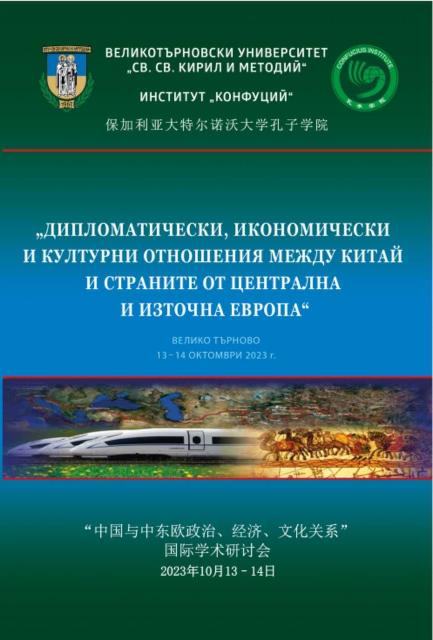
The paper analyses the popularity of Chinese martial arts and health regimen (Wushu and Qigong) among competitors in the Chinese Bridge Proficiency in Bulgaria from 2019 to 2022. The study indicates that Chinese martial arts and Qigong are relatively popular among Bulgarian students, Taijiquan and Kung Fun Fan being the most popular styles to be presented. Furthermore, the study gives a broader perspective of how different aspects of the language and culture of China are perceived by students.
More...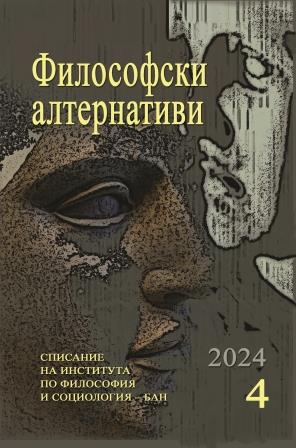
Art criticism has the privilege of being part of all the transformations in the history of Bulgarian art, with its role in the avant-garde situation in the 1990s being particularly significant, which left a lasting impression of its usefulness and necessity for the world of contemporary art. Over the past ten years, critical writing has progressively declined until the last dedicated portal for criticism has disappeared, and this circumstance has given rise to disturbing articles and questions in the public domain such as Where is criticism today?. Numerous attempts have been made to revive it, and the results have shown that not every generation is privileged to participate in a revolution, and not every decade gives rise to the writing of heroic criticism. For this reason, its temporary attenuation is not necessarily a cause for alarm—on the contrary. The self-serving writing and artificial motivation of criticism in recent years have left a more troubling sense of unprofessionalism, naivety, and illegitimate subjectivism in an age that rejects rigid norms and rules about good art. On the one hand, this ultra-democratic nature provoked dissatisfaction from connoisseurs of critical thought, but on the other hand, it placed the artist in the most liberal regional artistic situation of the last hundred years. The text analyzes the typology of contemporary art criticism, the factors contributing to its decline, and the possibilities for its legitimate emergence.
More...
Merleau-Ponty, starting from perception, reaches the visual through the work of Cézanne. The article applies the phenomenologist's essay to demonstrate how unfounded Cézanne's doubt was about his creative potential and the general change in art caused by him.
More...
The article presents an attempt to search for a different path to a philosophy of Byzantine iconography, which, through the construct of virtual transcendentalism, heuristically allows to understand the icon as a poster of the logos development of Byzantine doctrinal thought in the context of the logos development of European philosophy, summarized by the concept of logodynamism (a new term introduced by the author), which embeds medieval Christian thought in the logos environment from Heraclitus, Parmenides through Plato and Aristotle to modern European philosophy and enables the search for modern ways of understanding Christian phenomena, such as Byzantine iconography. The article brings out the connection of the icon with the archetypal and contemporary forms of the poster through the idea of message and image as a cultural phenomenon and thus achieves a different ontological status for the icon, making sense of its positioning in the contemporary cultural environment.
More...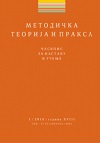
A very brief overview of the definition of several philosophers according to the concept of opinion - Jaspers, Heidegger, Popper and Rorty and initially given views of Freud and Darwin as arche in relation to biological and psychological, ie, philosophical setting of the problem of opinion. Cognitive, comprehensive, instrumental, emotional, social, humanistic, technical, logical, poetic function are just some of the prerequisites for thinking about opinion.
More...
In the world today, under the banner of "multiculturalism is dead", a new specter of ethnocentrism is being cycled. Its protagonists are the old and the new right and the autocratic elites who would like to divide and fight the world anew. Despite these processes, modern humanity needs a new opening, respect for cultural differences, a dialogue between and permeation of cultures, building of new bridges, connecting peoples. The new generation should be imbued with the culture of peace and planetary humanism, and as the citizens of humanity, emerging communities of equal peoples and citizens, they should represent an actor of the inevitability of interculturality in the modern world of globalization, i.e. of the future that has begun – but is now, due to class and other divisions, unfairly distributed. Shouting that multiculturalism is dead is like announcing the death of humanity, its regression to the times of tribalism, new divisions and barbarism
More...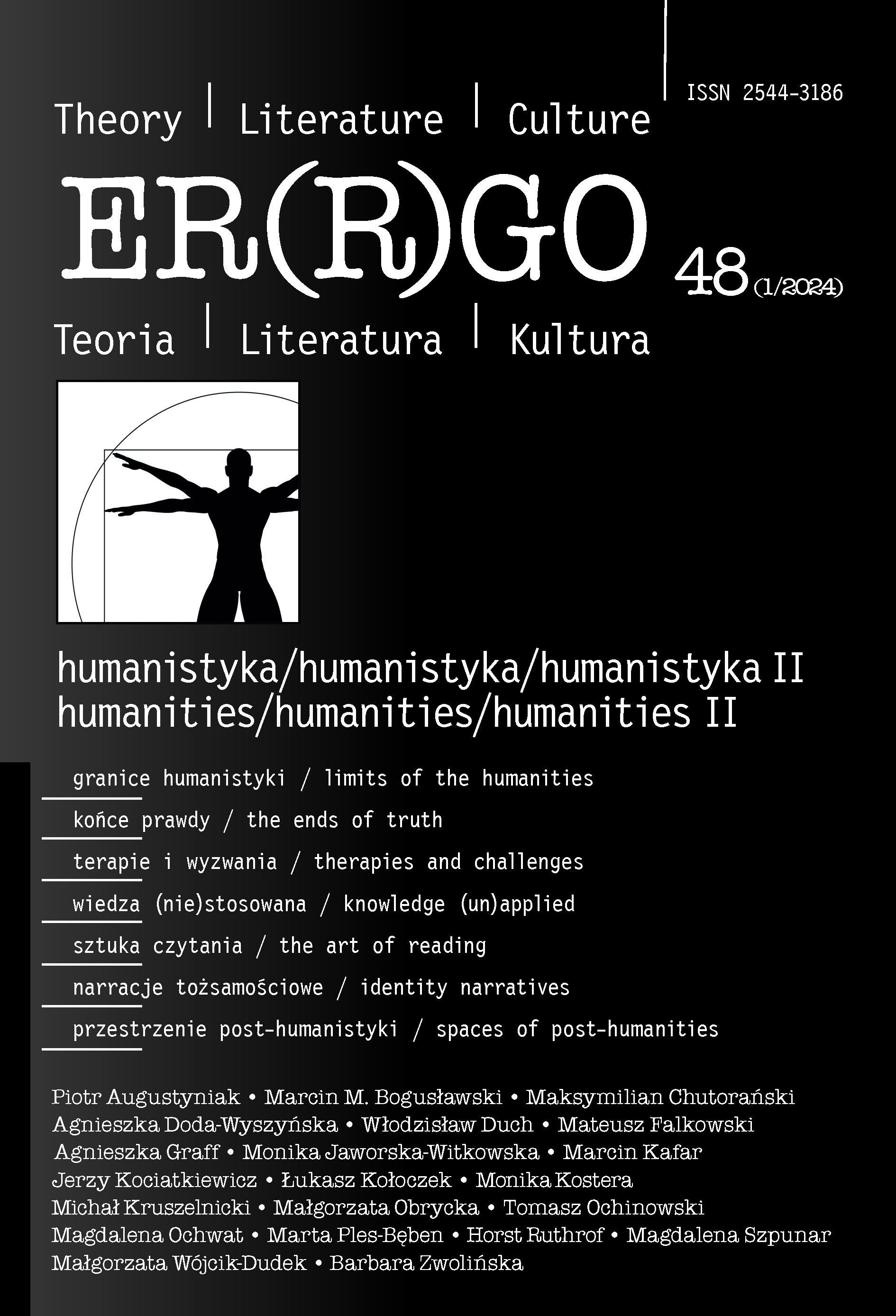
The paper postulates reading works by Paul Tillich mainly as a great humanist, whose background for thinking, anticipating his theological considerations, is priceless for a wide field of the humanistic reflections. The author indicates items permanently having difficulties in coming to the fore of humanistic thinking and still being profoundly elaborated and successfully applied in Tillich’s systematic perspective. The text shows up some selected items from the three subsequent volumes of Systematic Theology, linked with the categories which permit to reject dualistic claims inherent in a dominant thinking about culture, social life, science and humanities. The author situates Tillich’s reading within the horizon of “the duality turn-over” described by Lech Witkowski, and thus it makes a reference to his cognitive profiles disclosing possibilities of humanistic applications of the ideas of the great theologist beyond his institutional framework.
More...
The article aims to present Eliza Orzeszkowa’s unusual publicist voice on the question of women’s equal rights. The unusualness is related to her use of Confucius as a figure of transfer, as well as her referring to the scientific and doctrinal fragments of his Chinese philosophical and social teachings. Eliza Orzeszkowa’s passion for journalism resulted in a series of statements on the so-called woman question. In 2020, non-redacted parts of the manuscript of a study on women’s equal rights, found in Vilnius by Iwona Wiśniewska, were published in print. The writer devoted first parts of her text to the position of woman in ancient cultures. She referred, inter alia, to Confucius’ philosophical thought, which she adopted as one of the points of departure for defining her own vision of equal rights. However, she drew on the Confucian themes from secondary sources, citing the study of Edward Prądzyński. An important channel for transmitting the Confucian thought to Europe was the thought of the Enlightenment, which, as Grażyna Borkowska argues, is crucial for the discussion of the writer’s position on the woman question.
More...
The aim of this article is to examine how elements of Taoist philosophy are incorporated into Tadeusz Miciński’s one-act drama "The Ballad of the Seven Sleeping Brothers in China". Despite culturally syncretic references to Eastern philosophical systems, the author rarely referred to Chinese traditions of thought in his works. Published post-humously from manuscript, the ballad is therefore original in the context of Miciński’s oeuvre, both in terms of these references and its dramatic construction. It is interesting to note that the drama was written around 1910, the year when Polish translation of the "Daodejing" book was published under the title "Tao czyli Droga niebios czyli Doktryna najwyższego rozumu: (Lao-Tse i jego nauka)" ["Tao or the Path of Heaven or the Doctrine of the Supreme Reason: (Lao Tzu and His Teachings)"]. Taoism is one of the many aspects of the work that constitutes a reflection on the condition of the artist and evidence of Tadeusz Miciński’s exploration of Chinese religious-philosophical systems.
More...
In fictional narratives, what is said can be presented from the perspective of a character. Thus, in passages of ‘internal focalization’, the narrative ‘mimics’ the character’s perspective and tells only what is accessible to the character. This narrative technique is pervasive in fictional narratives but it is notoriously hard to define. In this article, we argue that ‘internal focalization’ can be defined as the mandate to imagine perceiving from a character’s point of view. In investigating how internal focalization lets us see through a character’s eyes, we develop an account of internal focalization that relies on a particular type of imagination as its defining feature.
More...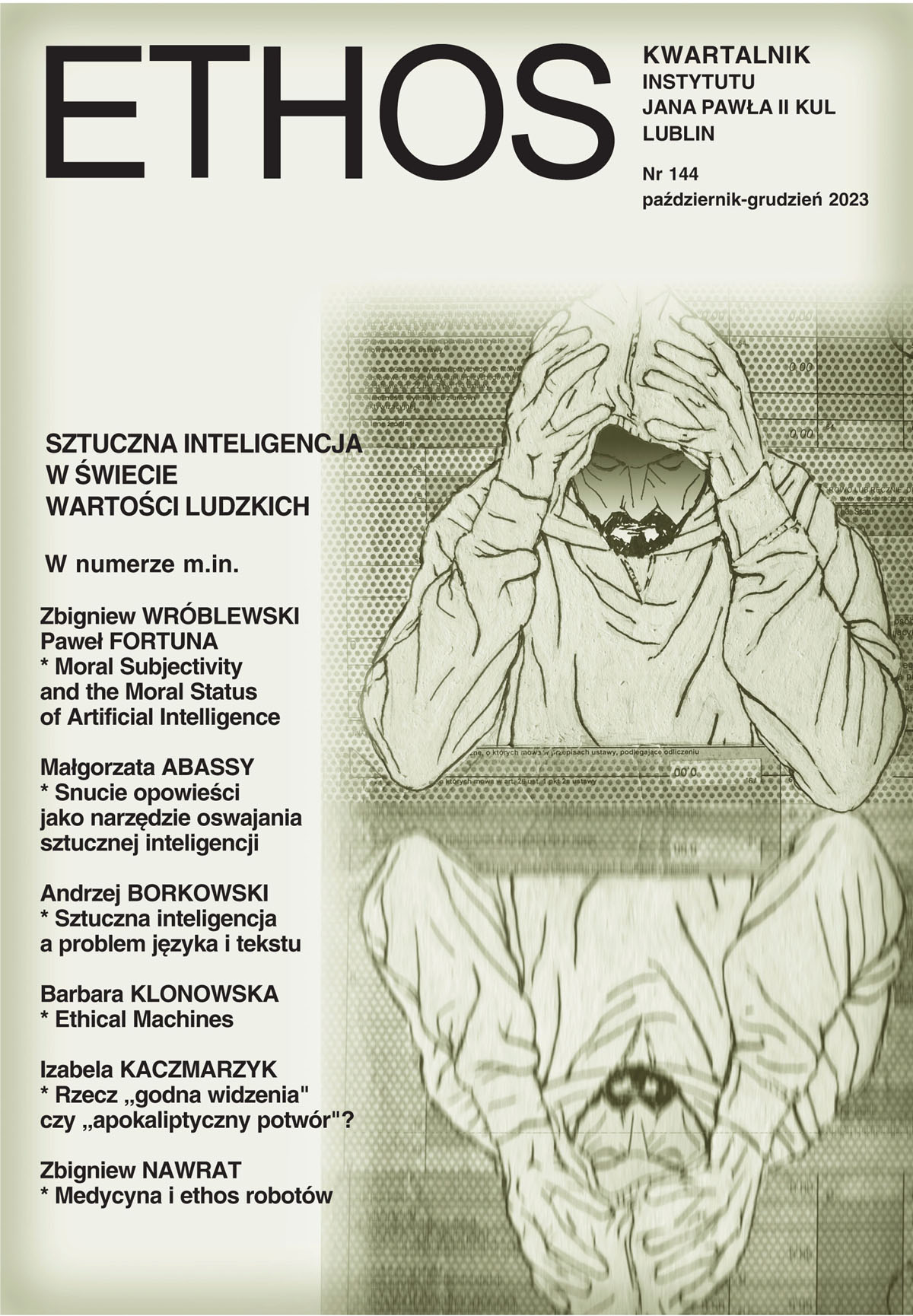
W eseju podjęte zostało zagadnienie zmiany kulturowej zachodzącej w rezultacie coraz silniejszej obecności sztucznej inteligencji w świecie wartości ludzkich. W analizie odniesiono się do problemów, na które wskazują filozof nauki i matematyk John C. Lennox oraz inicjator badań nad sztuczną inteligencją Elon Musk. W szczególności podjęto zagadnienia zmiany statusu humanistyki w kulturze oraz formalizacji aktywności kulturowej i powszechnie przyjmowanego w związku z nią prymatu rozwiązań algorytmicznych nad doświadczeniem jednostkowym. W tym kontekście przedstawiono zagadnienie świadomości w odniesieniu do sztucznej inteligencji i „myślących” maszyn, a także wskazano, że praca tych maszyn jest zasadniczo różna od pracy umysłu ludzkiego, który nie podlega algorytmizacji i skutecznie funkcjonuje, dysponując nawet niewielką liczbą danych. Przywołano tezę Lennoxa o tendencji do stosowania w dyskursie na temat sztucznej inteligencji języka antropomorfizującego, który sprawia, że zatracamy pojęciowy dystans między rozumieniem umysłu a rozumieniem matematycznego konstruktu, którym są „myślące” maszyny. Wskazano również na – podkreślane przez Noama Chomsky’ego – różnice między nabywaniem języka przez człowieka, a uczeniem się go przez ChatGPT i zarysowano kulturowe oraz społeczne zagrożenia związane z zastosowaniem sztucznej inteligencji w celu prowadzenia inżynierii społecznej.
More...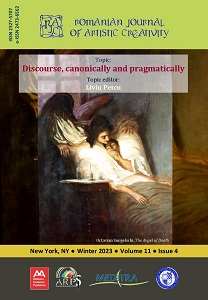
This work paves the way for a new way of approaching the work of the modern “father of economic sciences,” Adam Smith (1723-1790), this time from a linguistic perspective. It is the intention of the author to identify in the vast list of scattered works of Adam Smith and to reveal his works with a philological character, to make a functional analysis of the discursive fact using a series of theoretical knowledge listed in this paper.
More...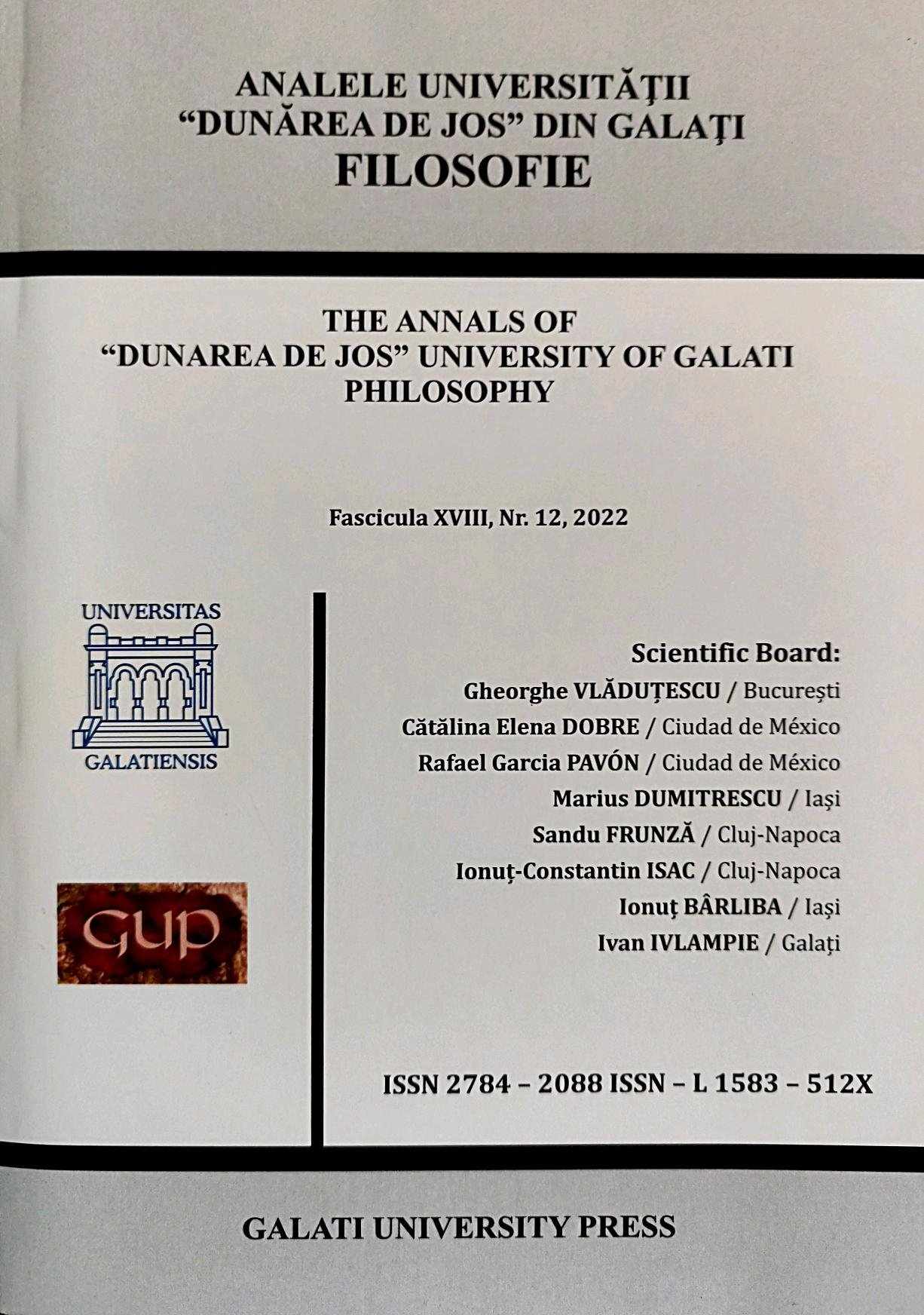
Various answers have been given over time to the question ‘What is man?’. Philosophy and theology have been constantly concerned with the origin of man and the human condition, often trying to identify the differences (and thereby similarities) between man and other living beings. Man’s self-knowledge and knowledge of the world he inhabits are interdependent, as emphasized by both ancient and medieval philosophy and by modern (Kant, Hegel, Nietzsche) and contemporary thinking. The answer to the question ‘What is man?’ is not only important cognitively but also morally.
More...